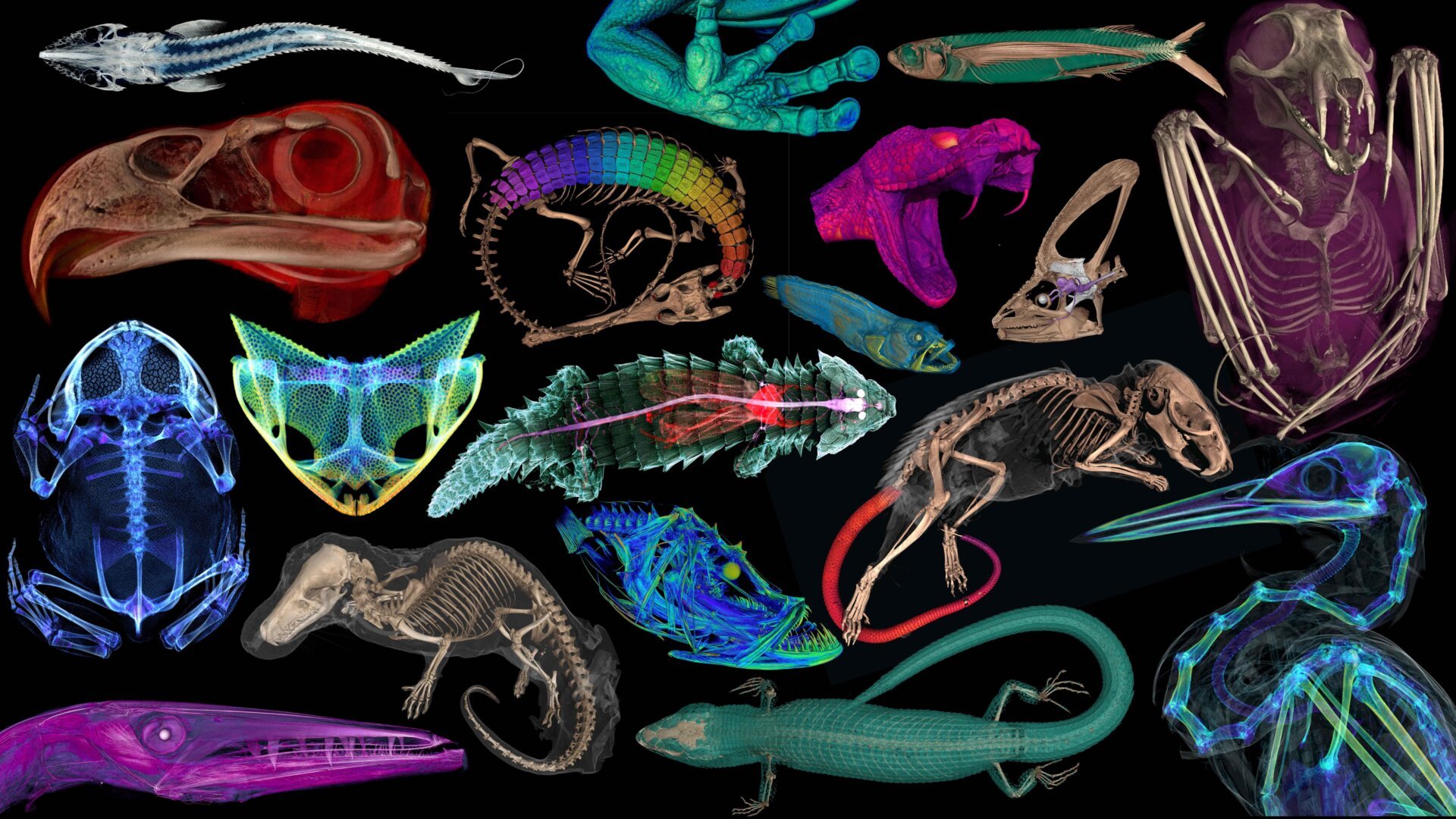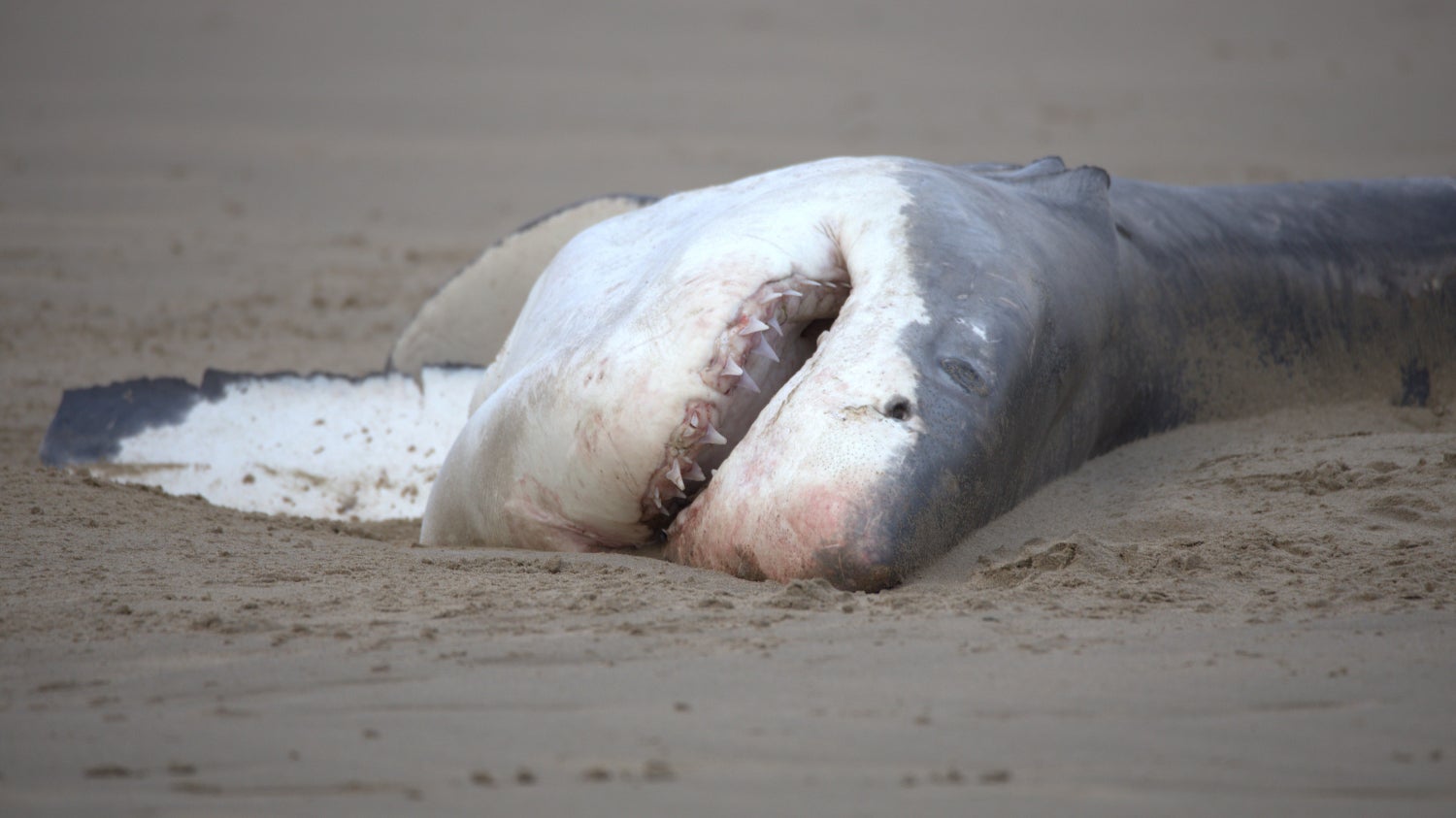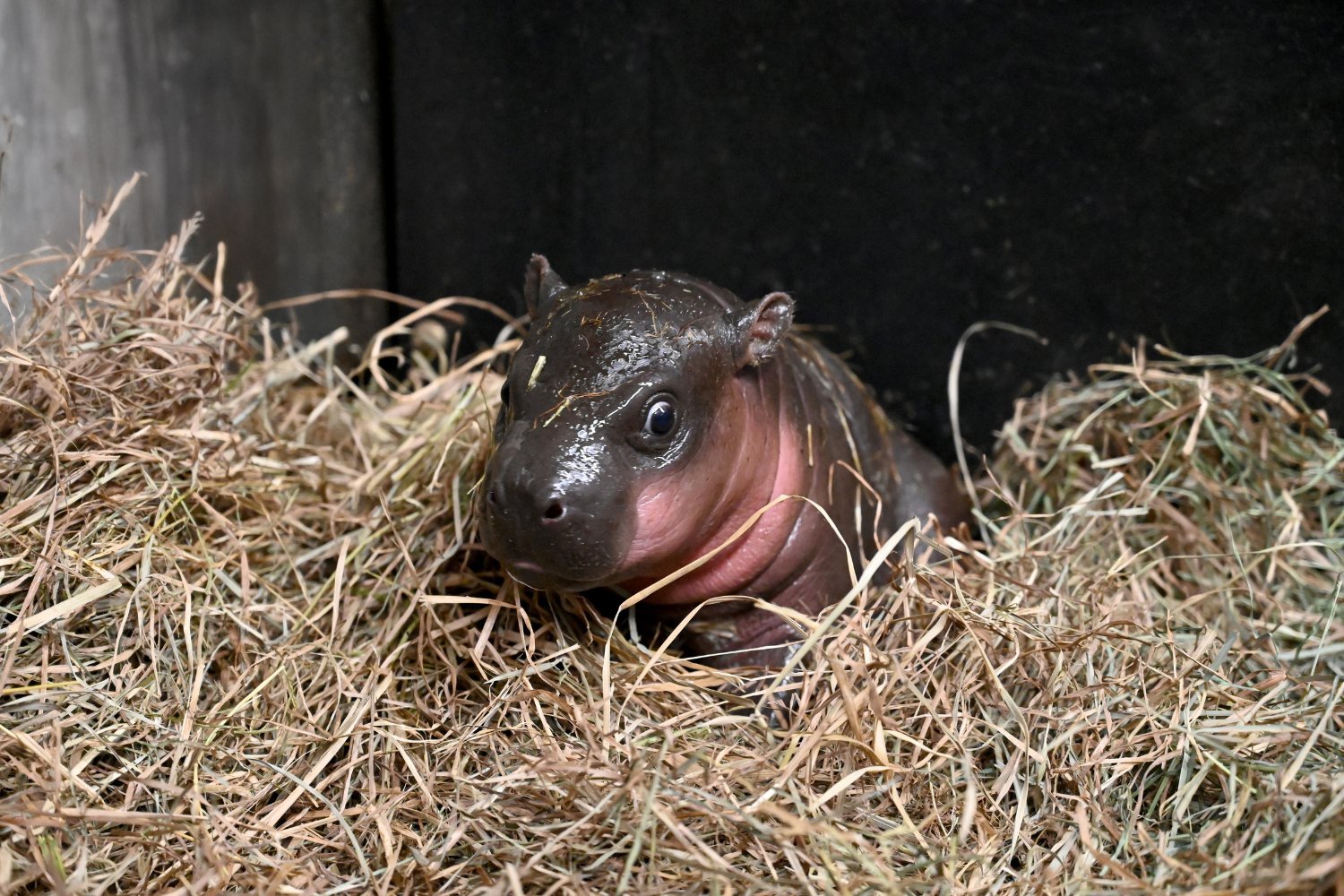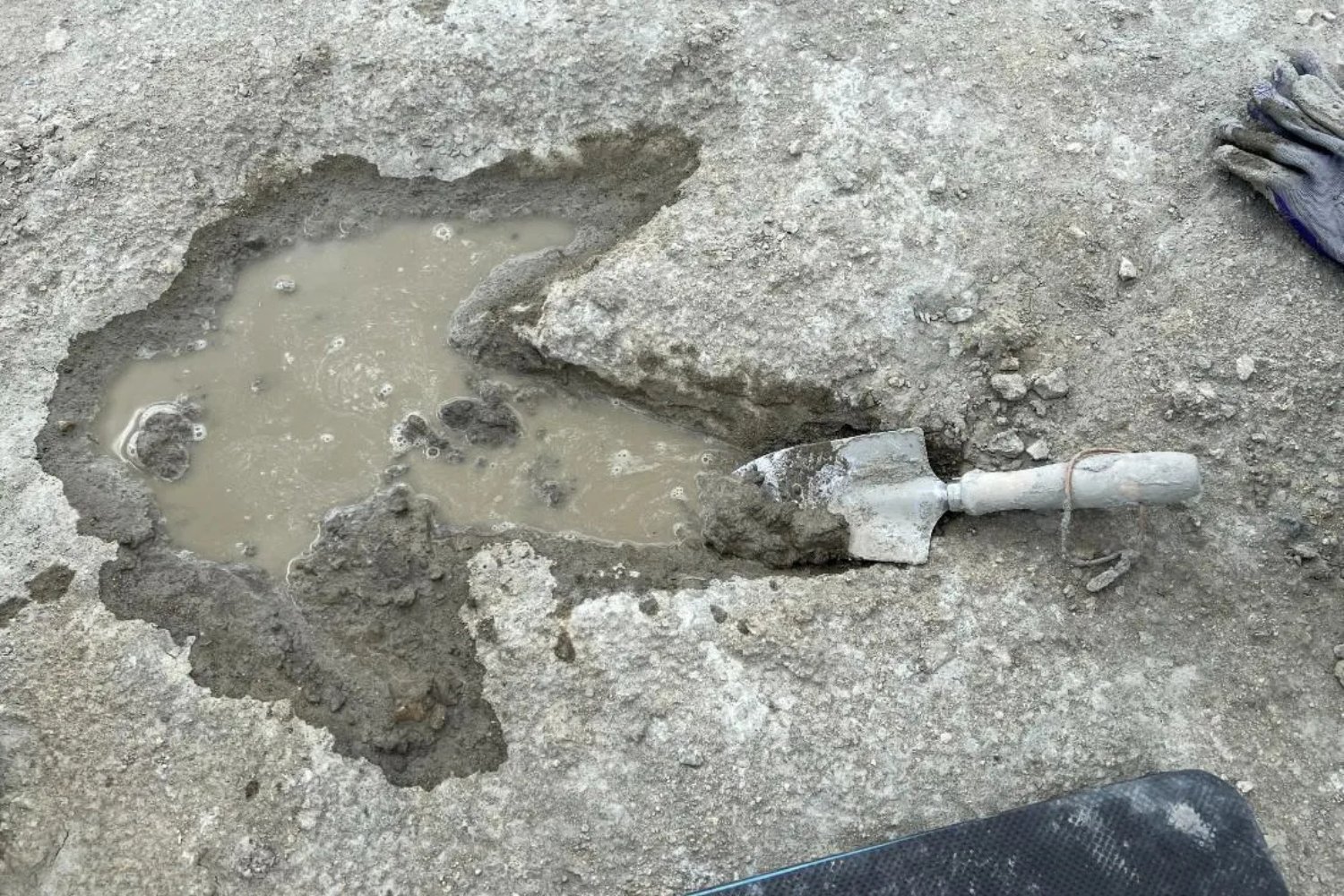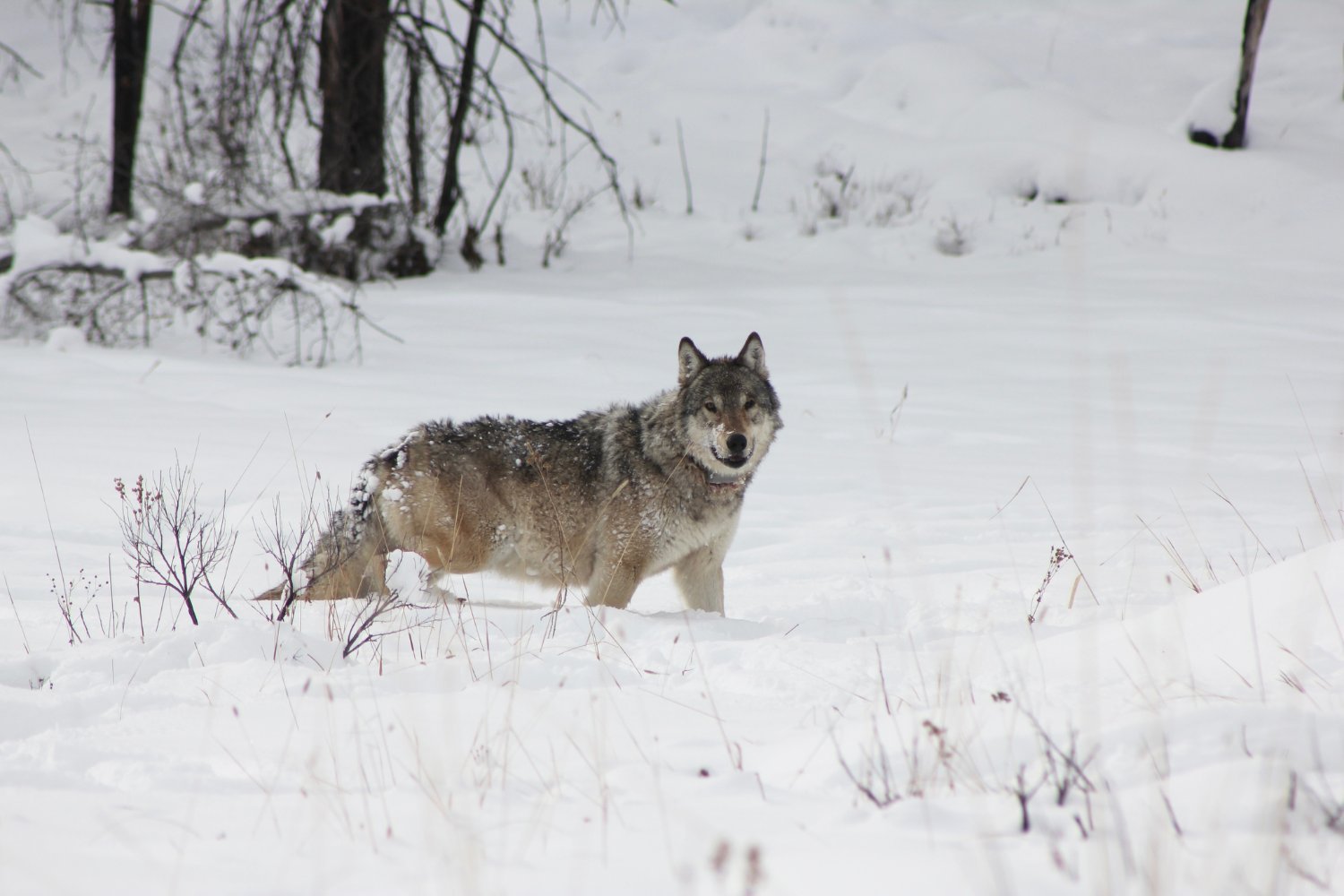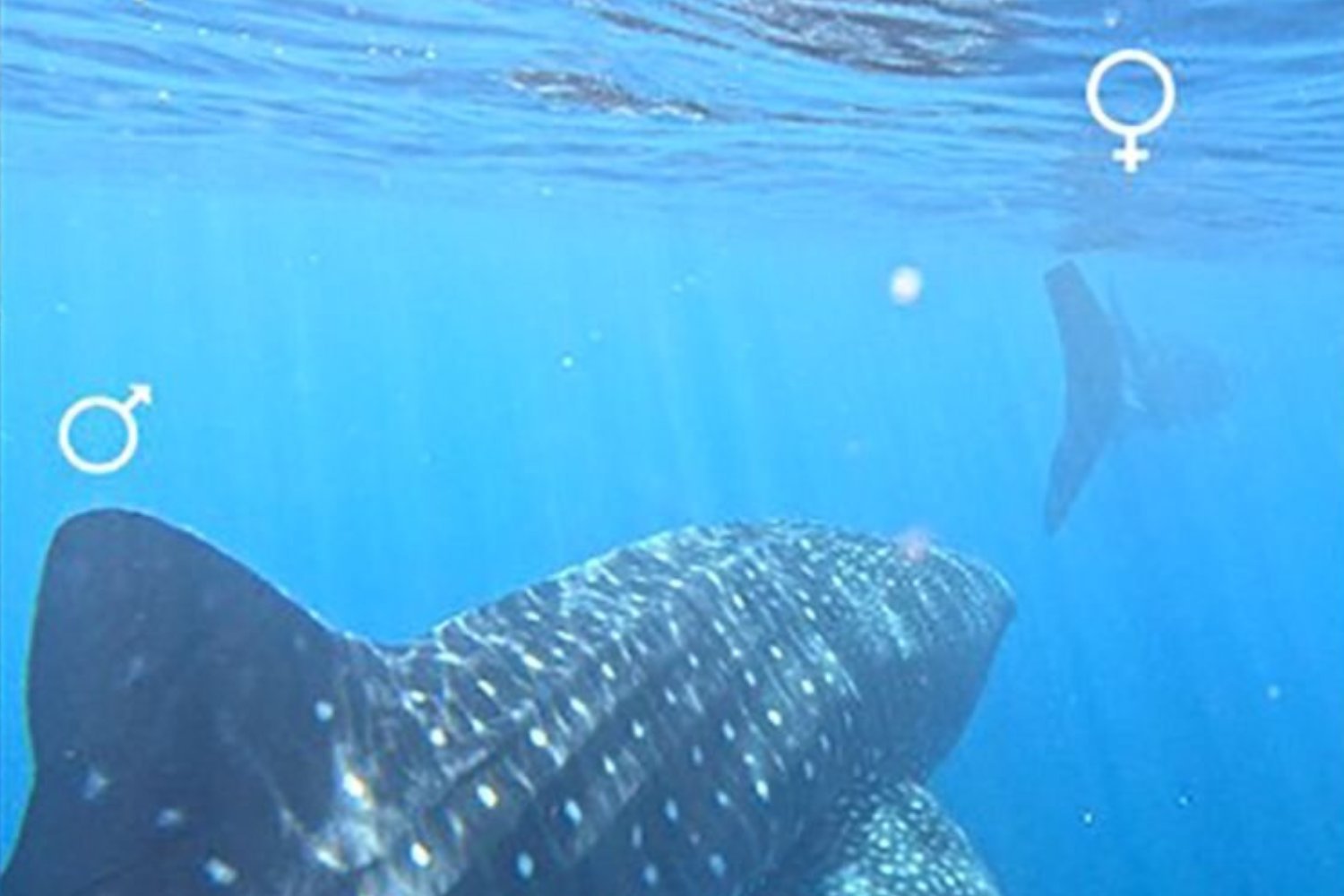The digital world has opened a new window into natural history. A collaborative team of scientists has meticulously created 3D models of thousands of vertebrate specimens, making them freely accessible online through the openVertebrate (oVert) project. This groundbreaking initiative not only allows the public to explore previously inaccessible museum collections but is also driving significant advancements in scientific research.
The oVert project, led by scientists David Blackburn and Edward Stanley of the University of Florida and the Florida Museum of Natural History, has been underway since 2017. Researchers from 18 institutions across the US have joined forces to catalog and digitize a vast array of vertebrate specimens, many of which have been hidden away in storage. Their comprehensive project summary is published in the journal BioScience.
More than 13,000 specimens, encompassing a diverse range of vertebrate species, including amphibians, fish, reptiles, and mammals, have been meticulously documented. The researchers employed CT scanning technology to generate precise 3D images of each specimen, offering an unprecedented look into their internal structures.
“CT scans utilize X-rays to create a three-dimensional view inside these specimens, providing highly detailed visualizations of internal anatomy in ways previously impossible,” explained Edward Stanley in an email to MaagX.
For certain specimens, temporary contrast-enhancing stains were used to highlight soft tissues such as skin and muscles. In a particularly challenging case involving a humpback whale, too large for conventional scanning, the team disassembled the skeleton, scanned each bone individually, and then digitally reconstructed it.
“While some vertebrate species are well-known to both the public and scientists, there are many others about which we know very little,” David Blackburn told MaagX. “These 3D datasets offer a first glimpse into the biology of some poorly understood species.”
The oVert project has already yielded significant discoveries. While scanning African spiny mice, Stanley uncovered bone-plated structures on their tails, a characteristic typical of reptiles and fish but rare in mammals, aside from armadillos. This finding, published last May, highlights the project’s potential for uncovering new anatomical insights.
Beyond research applications, the team is excited about the project’s broader impact on public outreach and unforeseen uses. “We’ve seen artists worldwide using these 3D datasets as inspiration or incorporating them into their digital and physical art,” Blackburn shared. He also noted the use of the data by veterinarians for surgical planning and by enthusiasts who 3D-print skulls for personal enjoyment.
“The most exciting aspect is the increased variety of users and applications for natural history collections,” Stanley added. “While we anticipated researchers would be interested, the engagement from educators, students, artists, animators, and those simply fascinated by anatomy and biodiversity has been truly rewarding.”
The oVert project continues to expand its digital collection, offering a valuable resource for scientific discovery, education, and artistic exploration. You can explore the vast collection of digitized specimens online.



